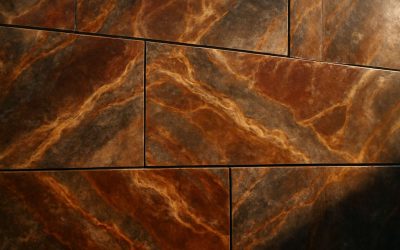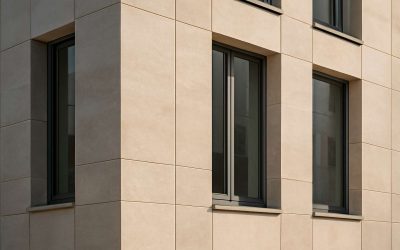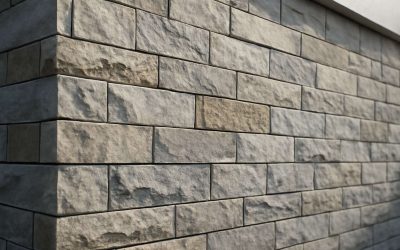Stone Cladding is a popular choice for anyone looking to add some elegance and flair to their home. Not only does it look stunning, but it also increases the value of your property. Whether you’re looking to add stone to your fireplace, outside exterior or even to your bathroom, it can be tailored to fit whatever you need.
It is an environmentally friendly and cost-effective way to spruce up your building or renovation project. It is also fire-resistant, water-resistant and provides insulation against heat and sound. It is available in a wide range of colors and textures, so you can find the perfect match to your unique style preferences and aesthetic. In addition, it is a durable and long-lasting material that will provide years of use without losing its beauty or integrity.
Natural stone cladding is made of thin slices of stone that have been taken from the earth and then cut to the desired size. They are then manufactured and processed to become the cladding that you see on buildings, walls and other surfaces. It comes in a variety of colors, textures and finishes and can be used on any type of surface. It is also very easy to install and will give your building a luxurious and elegant appearance.
Unlike traditional masonry, stone cladding is designed to be used in the exterior of a building or structure. It is lightweight and has reduced structural support requirements compared to solid block walling. It can also be molded to create a more seamless finish. There are several different types of cladding to choose from, including limestone, granite and sandstone.
There are two main ways to install stone cladding: dry installation and wet installation. Dry cladding is a mechanically fastened system, which is more expensive and requires highly skilled labour. However, it is the safest and most reliable method of installing thicker stone cladding. The stones are secured with embedded metal anchors and will stay in the correct position for many years.
The wet installation process is usually applied to thinner stone cladding and involves bonding the stones to a substrate with mortar or cement. It is important to prepare the substrate properly before cladding, as any dirt or debris will negatively impact the adhesive process. It is also advisable to apply a waterproof membrane to the substrate, as this will protect against damp and rain.
Regardless of the type of cladding you choose, it is important to plan ahead for the construction process and include expansion and contraction joints. These should be located around windows, doors and corners and will ensure that your cladding is able to expand and contract without damaging the building.
One of the most important things to remember when installing stone cladding is that it is very heavy. Therefore, it is essential to consider the weight of the stone when designing your structure and figuring out how it will be fixed. You may need to use a load-bearing wall, which will help to distribute the weight of the stone. This method spreads the load over a number of different wall plates, which helps to reduce the risk of buckling.



0 Comments